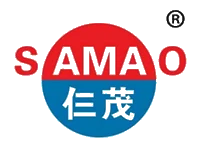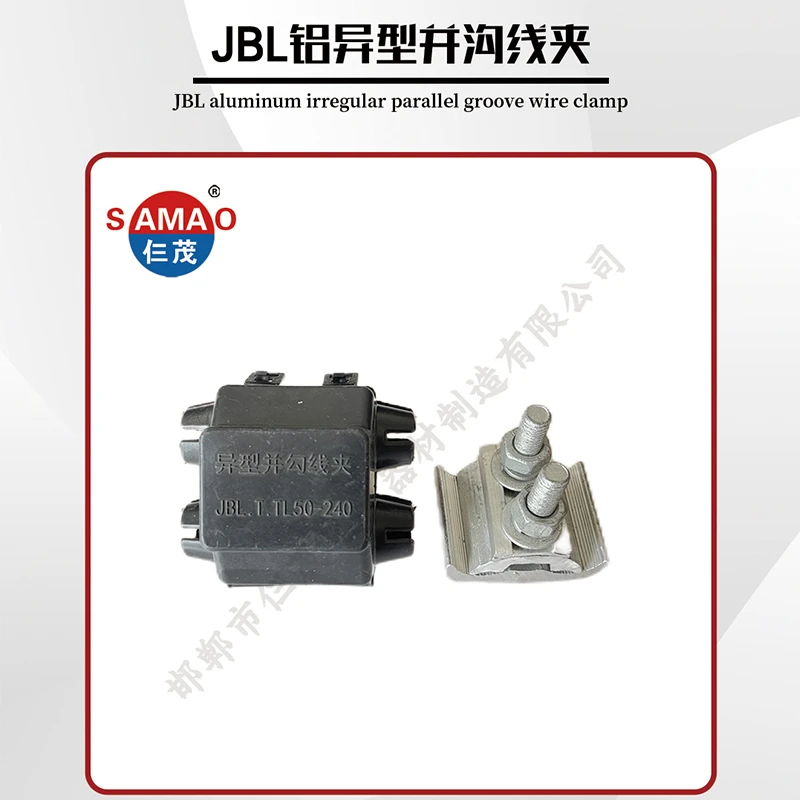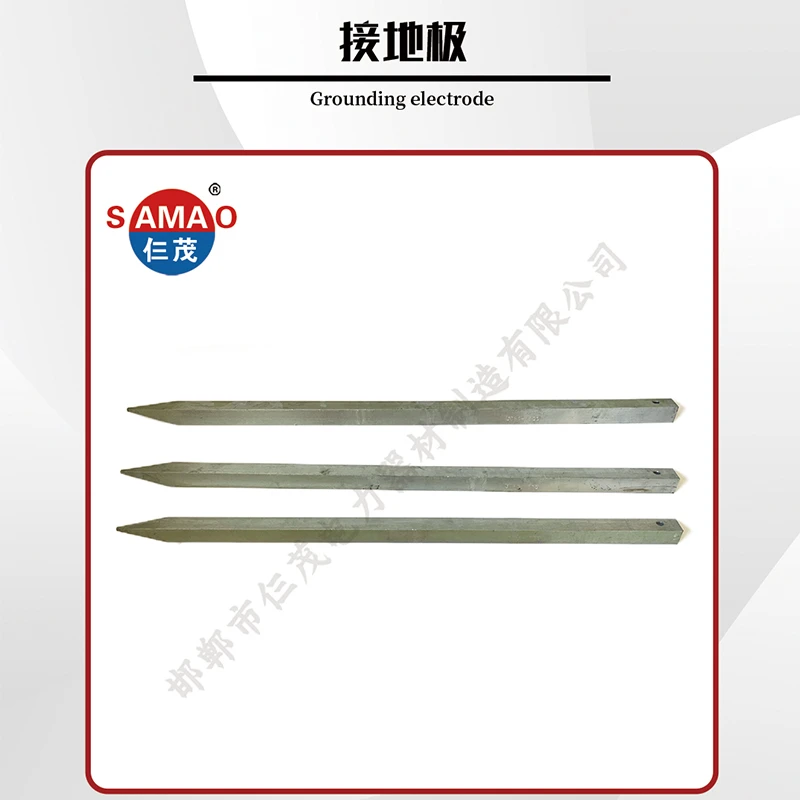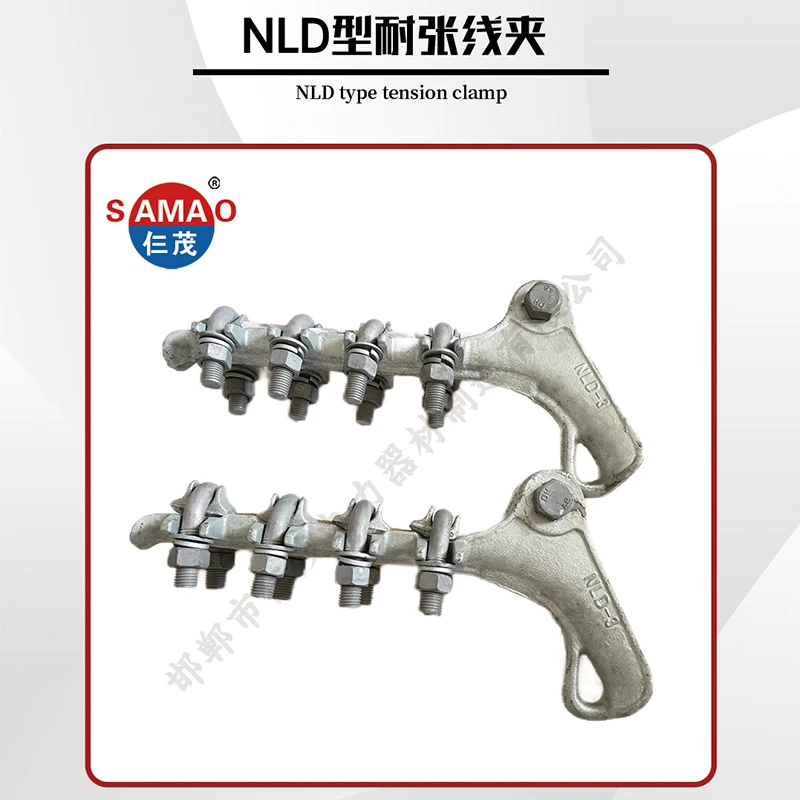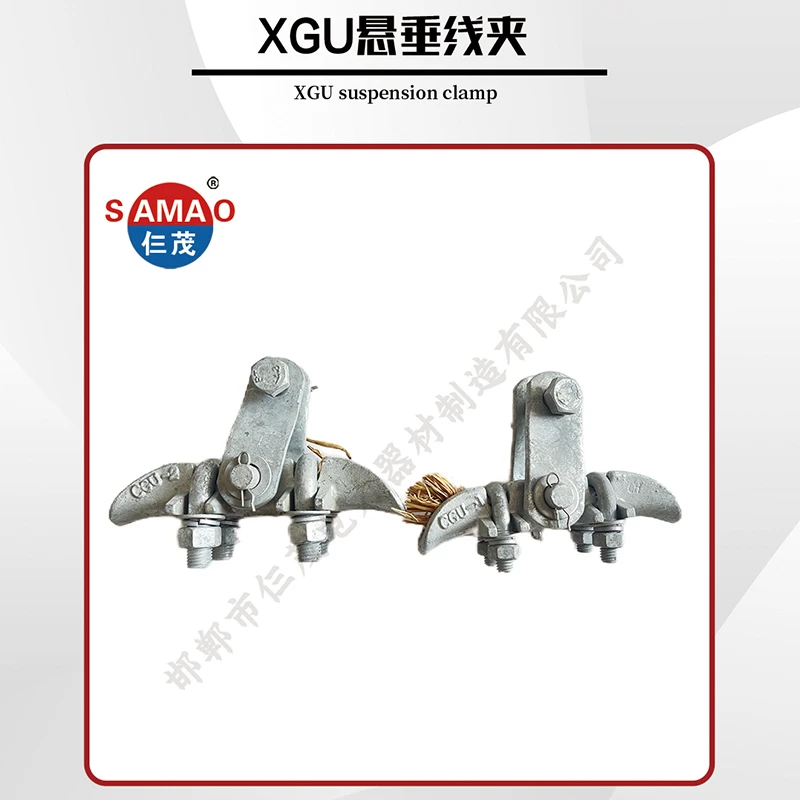Chem Rod Grounding Electrode for Effective Chemical Grounding System
Visit Official Website
With the rapid advancement in electrical safety standards and infrastructural requirements, the demand for sophisticated grounding solutions has surged. The chem rod grounding electrode and associated technologies like chemical grounding system, high-capacity 20 ground rod, and cost-effective solutions such as 3 8 ground rod and earthing rod copper, are setting new benchmarks in reliability and performance. Modern installations require tailored products to address soil resistivity challenges, corrosion, fault current dissipation, and environmental adaptability.
Citing recent industry forum discussions, these products have become essential not only in commercial energy distribution, substations, and telecommunication towers, but increasingly for renewable energy setups, data centers, and sensitive electronics. Innovations in chemical grounding systems minimize maintenance, improve soil contact, and substantially reduce resistance, enhancing overall system safety (source: IEEE).
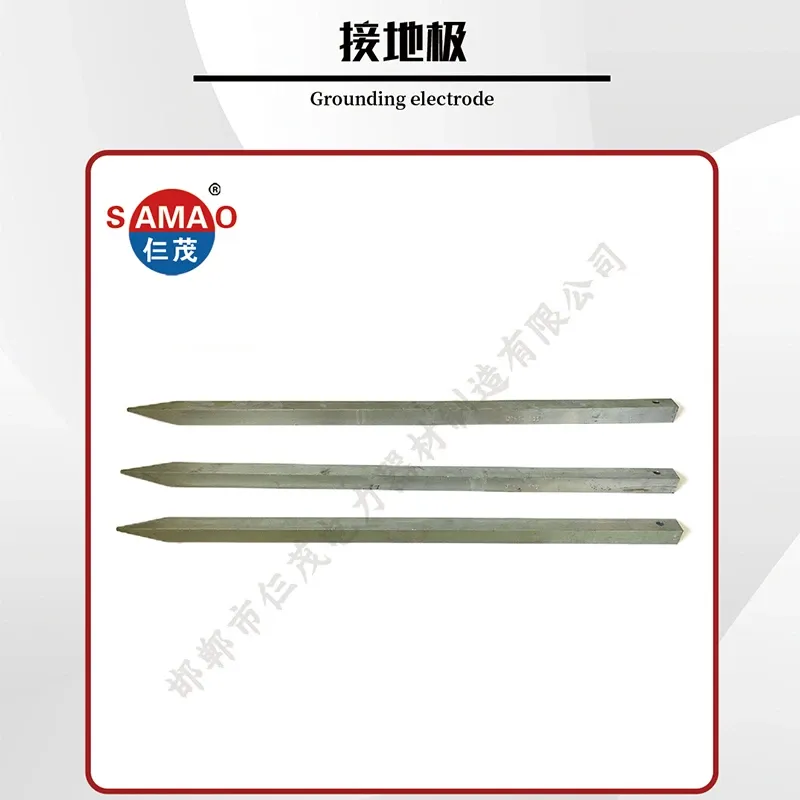
The Grounding Electrode manufactured by Handan Samao Electric Power Equipment Manufacturing Co., LTD. is designed for optimal electrical earth contact and robust current dissipation.
Product Overview: The grounding electrode consists of multiple 2.5M long, 45X45mm galvanized angle steels. These are securely driven to the base of an 800mm-deep trench, with lead wires expertly connected to ensure seamless integration with grounding cell arrays. It is engineered to provide stable, long-term earthing for high-demand installations.
- Manufacturer: Handan Samao Electric Power Equipment Manufacturing Co., LTD.
- Specifications: 2.5M long, 45X45mm, galvanized angle steel
- Standard Install Depth: 800mm
- Applications: Substation grounding, telecom towers, industrial plants, renewable energy sectors, commercial buildings
- More details and technical downloads: Grounding Electrode Product Page
The chem rod grounding electrode, also known as a chemical ground electrode, is engineered to provide consistently low-resistance grounding in diverse and challenging soil environments. This is achieved by housing chemical compounds within the rod, which interact with surrounding soil to reduce impedance and inhibit corrosion. Its innovative design offers advantages over traditional ground rods and enhances the overall reliability of electrical safety infrastructures.
The evolution of these electrodes has set industry standards regarding:
- Soil compatibility and adaptability
- Long-term performance and maintenance reduction
- Safety compliance under IEC and IEEE standards
- Integration flexibility with traditional and advanced grounding grids
| Parameter | Unit | Standard Value | Typical Range | Description / Reference |
|---|---|---|---|---|
| Length | m | 2.5 | 1.5~3.0 | Industry standard for majority of soil types |
| Rod Diameter | mm | 45 | 38 (3/8 in), 45, 50 | Varies by installation & soil resistivity |
| Material | - | Copper-bonded/Galvanized steel/Graphite | Dependent on project needs | Corrosion protection critical; see ECM Magazine |
| Resistivity Achieved | Ω | <1 | 0.5~2.5 | Highly dependent on soil and chemicals |
| Expected Lifetime | years | >30 | 20~40 | Depends on treatment and soil conditions |
| Chemical Filling | - | Mineral salts, bentonite, graphite | Proprietary blends vary | Optimized for moisture retention |
| Rod Type | Diameter (mm) | Material | Unit Resistance (Ω) | Service Life (years) |
|---|---|---|---|---|
| Chem Rod Grounding Electrode | 45 | Copper-bonded steel | <1.0 | 30+ |
| Conventional Ground Rod | 16 | Galvanized steel | 2~4 | 8-15 |
| 20 Ground Rod | 20 | Steel/Copper | 1.6~2.3 | 15-25 |
| 3/8 Ground Rod | 9.5 | Copper | 3~6 | 10-20 |
- High-resistivity soils: Desert, rocky, mountainous, or urban fill environments where low resistance and moisture retention are challenging.
- Critical power infrastructure: Substations, power distribution grids, and transmission towers, where fault currents and lightning protection are crucial.
- Data centers & telecom: Sensitive installations requiring ultra-stable grounding to prevent equipment failure or data loss from electrical surges.
- Renewable energy plants: Solar, wind, and hydro plants where consistent earthing is central to safety and operational performance.
- Industrial facilities: Factories, refineries, and chemical plants with strict grounding safety and corrosion resistance requirements.
- Commercial/Residential: As part of chemical grounding system upgrades for large complexes or vulnerable locations.
The cost of earthing rod copper fluctuates based on global copper prices, manufacturing technology, and supply chain factors. As per London Metal Exchange data, copper prices have seen a notable surge post-2022, directly impacting products like chemical grounding system and chem rod grounding electrode. 3 8 ground rod and 20 ground rod, while less expensive, may compromise on service life and resistance. For project-specific quotations and supply details, contact Handan Samao Electric Power.
Q1: What material is most recommended for chem rod grounding electrode?
A: Copper-bonded or galvanized steel coated with corrosion-resistant chemicals is standard. It offers optimal conductivity and long service life. Reference: ECM Web.
Q2: What are typical installation standards for a chemical grounding system?
A: Depths range 600–1000mm minimum, rods spaced at least two meters apart, and chemical refill points accessible. Compliance with IEC60364 and IEEE Std 142 is recommended (IEEE Std 142).
Q3: How does a 3 8 ground rod differ from standard chem rod grounding electrodes?
A: 3/8 ground rods (9.5mm) are typically copper and fit light-duty or temporary installations, while chem rods (≥45mm) feature internal chemical compounds to permanently reduce resistance.
Q4: What influences the earthing rod copper price?
A: Raw copper price, rod length/diameter, local taxation, and transport are main factors. Recently, copper price hikes have impacted global supply chains (LME Data).
Q5: Lifespan comparisons: chem rods vs conventional rods?
A: Chem rod grounding electrodes can last 30–40 years, compared to 8–20 years for ordinary steel or copper rods, thanks to their chemical fill and anti-corrosion construction (IEEE Journals).
Q6: What are major technical indices for evaluation?
A: Focus on resistivity achieved (Ω), corrosion resistance, material purity, chemical content, rod cross-section, and refill/maintenance requirements.
Q7: Application range for 20 ground rod?
A: 20 ground rods (20mm dia.) are used where installation space limits exist but moderate resistance/standards must be met—less effective than chem rods in harsh environments.
For engineering firms and contractors seeking reliability, regulatory compliance, and cost-efficiency, chem rod grounding electrode solutions from Handan Samao Electric Power Equipment Manufacturing Co., LTD. offer market-leading performance. The unique combination of advanced material science, rigorous quality control, adherence to global standards, and expert after-sales support ensures chem rod grounding electrode from Samao is a future-proof investment.
For technical guidance, quotations, OEM partnerships, or custom engineering:
Official Website: www.samaoep.com
Tel / Mobile: 0310-6891969
Email: 1123937859@qq.com
Address: Standard Parts Entrepreneurship Park, Dongmingyang Village, Linmingguan Town, Yongnian District, Handan City, Hebei Province
- Mike Holt Forum: Chemical Ground Rods vs Regular Ground Rods (2023)
- IEEE Xplore: "Performance Evaluation of High Effciency Earthing Electrodes"
- ECM Magazine: Chemical vs Rod Electrodes - What to Choose?
- London Metal Exchange: Copper Prices & Industry Impact
- IEEE Std 142-2007: Recommended Practice for Grounding of Industrial and Commercial Power Systems
